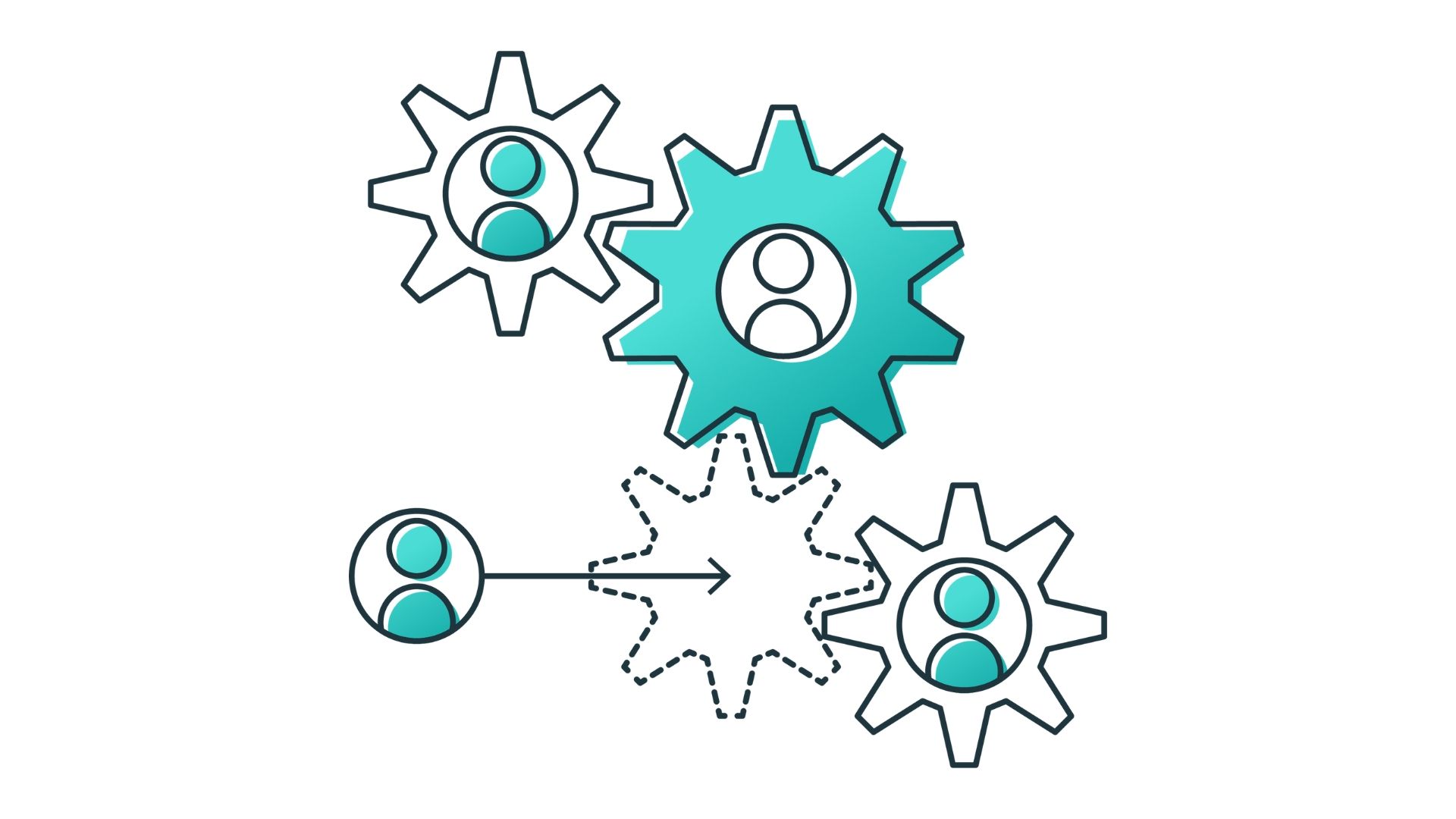Insight 26 June 2025
Building the Culture Engine
The Identity Systems Designer

Leaders inspire AND architect culture. They understand that without the right design and implementation, even the most compelling vision and narrative crumble under the weight of conflicting processes and misaligned incentives.
What Culture Architects Build
Identity impresarioship, as described by Haslam et al. (2011, 2020), involves the strategic design of organisational systems to make one's desired culture inevitable. It's about creating an environment where the right behaviours happen naturally because the structure supports them.
Research by Steffens et al. (2024) reveals that effective identity architects systematically align four critical system areas:
Decision Architecture: They ensure that how decisions get made reflects what the organisation claims to value, turning stated principles into actual decision criteria.
Recognition Systems: They design reward and recognition processes that consistently reinforce desired behaviours, making sure the people who get promoted embody the culture you want.
Communication Infrastructure: They create formal and informal channels that naturally spread and reinforce cultural messages, from meeting structures to physical workspace design.
Integration Processes: They build onboarding, training, and development systems that help new people quickly understand "how we do things here" beyond just policies and procedures.
What Culture Architects Build
Identity impresarioship, as described by Haslam et al. (2011, 2020), involves the strategic design of organisational systems to make one's desired culture inevitable. It's about creating an environment where the right behaviours happen naturally because the structure supports them.
Research by Steffens et al. (2024) reveals that effective identity architects systematically align four critical system areas:
Decision Architecture: They ensure that how decisions get made reflects what the organisation claims to value, turning stated principles into actual decision criteria.
Recognition Systems: They design reward and recognition processes that consistently reinforce desired behaviours, making sure the people who get promoted embody the culture you want.
Communication Infrastructure: They create formal and informal channels that naturally spread and reinforce cultural messages, from meeting structures to physical workspace design.
Integration Processes: They build onboarding, training, and development systems that help new people quickly understand "how we do things here" beyond just policies and procedures.
The Sustainability Factor
Van Dick et al. (2018, 2021) found that organisations with aligned systems demonstrate remarkable resilience. Their culture survives leadership transitions, maintains consistency across different teams, and strengthens during organisational stress rather than fragmenting.
Why? Because the culture lives in the systems, not just in individual leaders. When the right behaviours are structurally supported, they become self-reinforcing rather than dependent on constant leadership intervention.
The Sustainability Factor
Van Dick et al. (2018, 2021) found that organisations with aligned systems demonstrate remarkable resilience. Their culture survives leadership transitions, maintains consistency across different teams, and strengthens during organisational stress rather than fragmenting.
Why? Because the culture lives in the systems, not just in individual leaders. When the right behaviours are structurally supported, they become self-reinforcing rather than dependent on constant leadership intervention.
The Systems Paradox
Here's what makes this particularly important: a well-designed cultural system feels invisible, natural, and effortless, even though it requires careful planning and continuous refinement.
All cultures require conscious design and systems; otherwise, you risk developing culture by default, which often means politics, shortcuts, and self-interest.
Haslam, S. A., et al. (2011). The new psychology of leadership: Identity, influence and power. Sage.
Haslam, S. A., et al. (2020). The new psychology of leadership: Identity, influence and power (2nd ed.). Psychology Press.
Steffens, N. K., et al. (2024). British Journal of Social Psychology, 63, 1658-1680.
van Dick, R., et al. (2018). Journal of Occupational and Organisational Psychology, 91(4), 697-728.
van Dick, R., et al. (2021). International Journal of Environmental Research and Public Health, 18(22), 12081.
The Systems Paradox
Here's what makes this particularly important: a well-designed cultural system feels invisible, natural, and effortless, even though it requires careful planning and continuous refinement.
All cultures require conscious design and systems; otherwise, you risk developing culture by default, which often means politics, shortcuts, and self-interest.
Haslam, S. A., et al. (2011). The new psychology of leadership: Identity, influence and power. Sage.
Haslam, S. A., et al. (2020). The new psychology of leadership: Identity, influence and power (2nd ed.). Psychology Press.
Steffens, N. K., et al. (2024). British Journal of Social Psychology, 63, 1658-1680.
van Dick, R., et al. (2018). Journal of Occupational and Organisational Psychology, 91(4), 697-728.
van Dick, R., et al. (2021). International Journal of Environmental Research and Public Health, 18(22), 12081.
Further Reading
Copyright © 2025 Potenture
Don't miss your chance to join The Purposeful Life


Seven Core Capabilities Guide Available Now!

